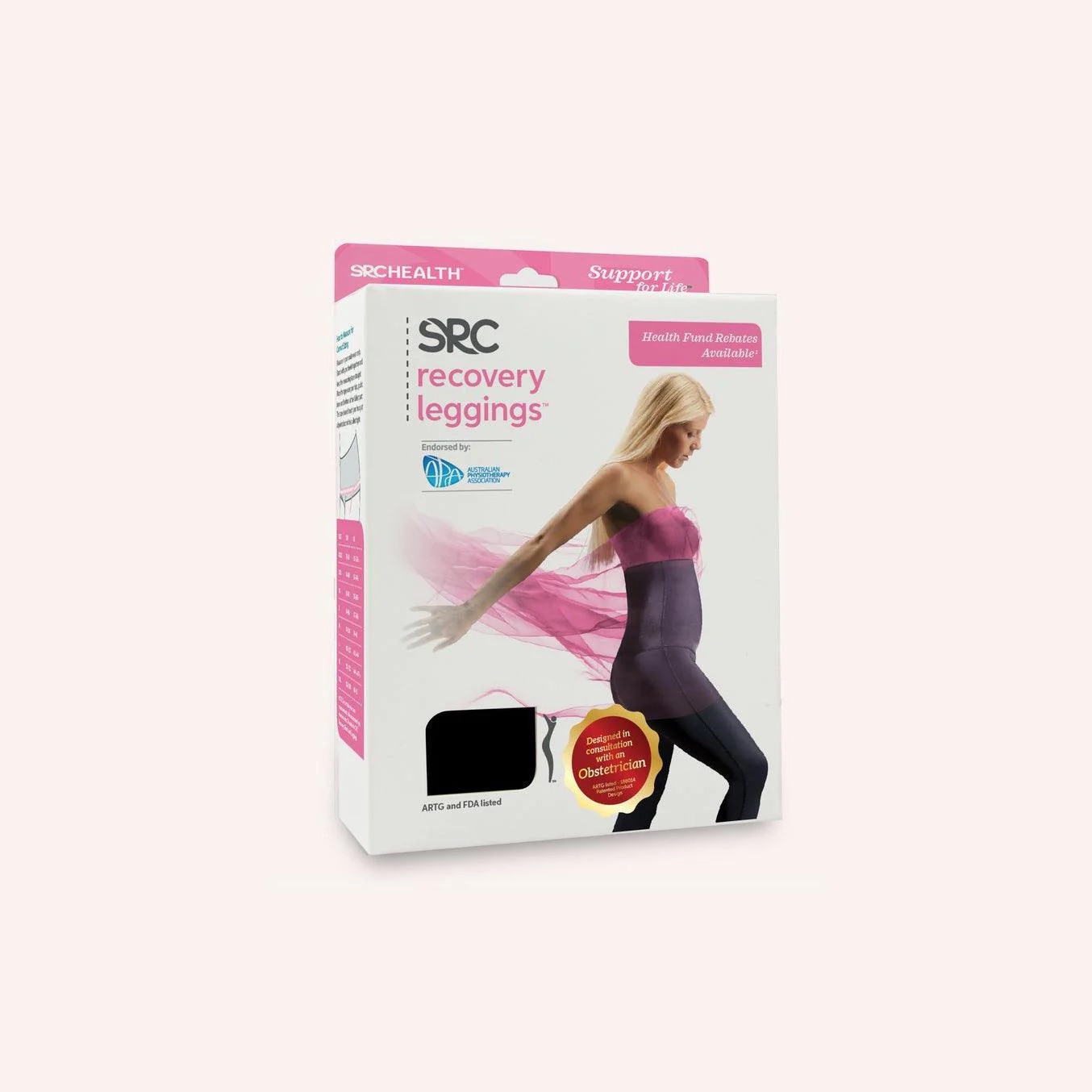It has been said many times before that women are built to birth. While this is true, this does not mean squeezing a watermelon out of the vagina comes without its challenges. While the female body will stretch to accommodate a baby’s entrance into the world, it will certainly need a big dose of TLC post birth (…and many ice packs).
Timings
If you deliver your baby vaginally without enduring any major complications, depending on whether you’re in the public system or the private system, you could be discharged and back home within 24 hours. It could take a little while for you to feel ‘normal’ or ‘combobulated’ again after the birth, but don’t let this worry you. Between the physical exertion of labour and the rush of endorphins, the adrenaline, the oxytocin, the fatigue, plus any pain relief and other hormones hanging out in your system - you have a lot going on. Not to mention, a new baby at home. With each day you’ll become more familiar and entrenched with your new role as a mother… just take it slow and steady. Just like your body was built to birth, you are built to mother.
Physical recovery wise, medical practitioners usually say that 6 weeks is an appropriate amount of time to allow your stitches to heal (if you had an episiotomy or a tear), your milk to regulate, your uterus to contract and your bleeding (lochia) to stop. Hence why you’re required to book a 6 week check up with your GP, along with your baby.
During this 6 week period, if you happen to feel physically able to bounce around the house juggling a million things - try not to be too complacent. Having been weighed down by a growing baby for up to 9 months, your pelvic floor will need an adequate window of time to regain both strength and ‘controllable’ function. For example, continence. It’s highly encouraged that you refrain from any heavy lifting (i.e. lifting other children, shopping bags, car capsules), exercise and sex.
It’s time to rest, rest, rest and recoup. This means laying down and putting your feet up. Indulging in nutrient rich foods (maybe also a croissant or two), cuddling your newborn and allowing people to help you.
Bleeding
It’s common to experience bleeding for around 4 to 6 weeks post birth as your body expels ‘lochia.’ Lochia is a vaginal discharge, made up of blood, uterine tissue and mucus. In short, this is your body’s way of expelling what it no longer needs.
In the early days the blood will be bright red and quite heavy (especially during a breastfeed when oxytocin is released. The oxytocin release will prompt your uterus to contract, revealing a heavier bleed), darkening to a brown and then into a pink colour before it stops completely. Maternity pads will be your best friend shop our faves here.
On day one after birth you notice extremely heavy amounts of bleeding (more than one soaked pad every 1 to 2 hours), or you notice large clots, please call your midwife or your obstetrician immediately to check in and ensure everything is okay.
Pelvic Floor
The pelvic floor consists of muscles and fascia (i.e. connecting tissue) located inside of the pelvis. The pelvis is a complex of bones that connects your trunk to your legs.
The pelvic floor muscles are a group of muscles that sit like a hammock at the base of your pelvis. They work to keep us continent (in terms of both our bladder and bowel), they support the pelvic organs (i.e. the bladder, bowel and uterus), and they support the lumbar spine with the lower abdominals. Finally, the pelvic floor muscles support sexual function. They are very important in terms of arousal and climax.
During pregnancy there is so much added weight and pressure on the pelvic floor region, due to the baby growing inside your uterus. Your pelvic floor muscles will have to work harder than ever to keep things in check… that is, to keep you from weeing with every sneeze or cough.
The hormonal effect of pregnancy (particularly with the addition of the relaxin hormone), causes our ligaments, our fascia and our muscles to soften in preparation for the birth. The softening effect also occurs to accommodate the baby in our uterus. It’s an almighty task!.
After the birth, the pelvic floor muscles are not off the hook just yet. They’re now required to get back to work as a matter of urgency, ensuring everything is firmly held up and in. As the pelvic floor works extreme over time during pregnancy, it’s not uncommon for this region to be exceptionally tired and weak. Safe, appropriate and guided exercise can have very positive benefits.
To harness the most effective pelvic floor exercises for you, while we all know about the Kegal, it’s suggested to visit a women’s health physio for a personal assessment and some one-on-one time.
We’ll finish off by addressing the very common question “How long will it take my pelvic floor to recover post birth?” and it’s one that comes with no definitive answer. Your recovery time will depend on a number of varying factors, including of course your genetics, your pregnancy and your birth.












